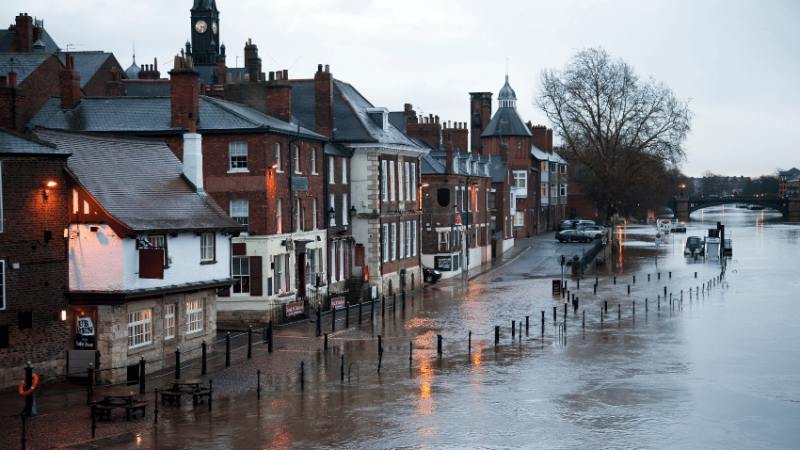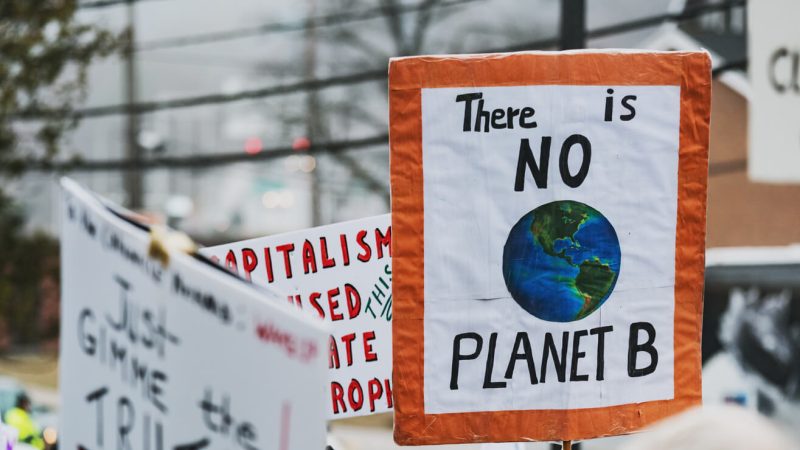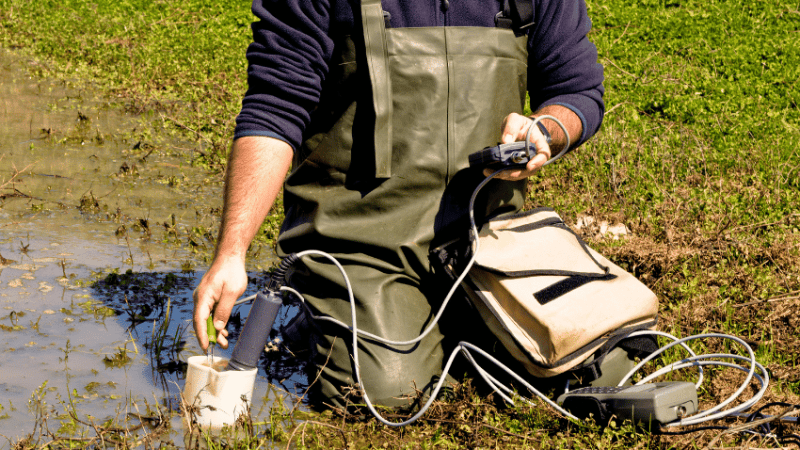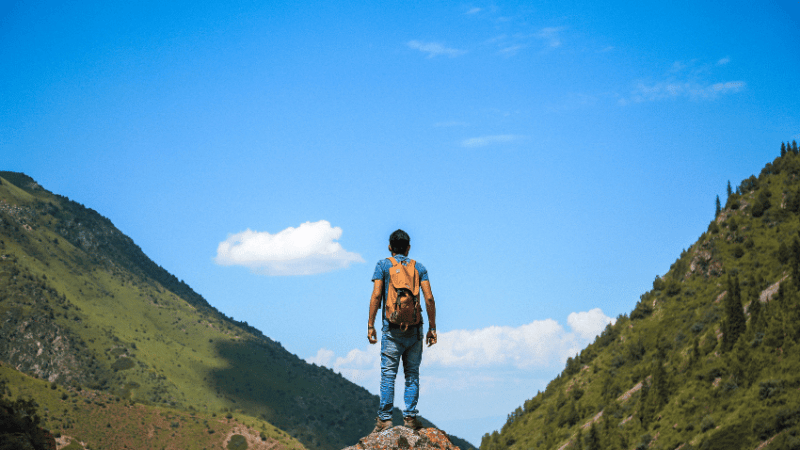Make International Migrants Day central to geography lessons
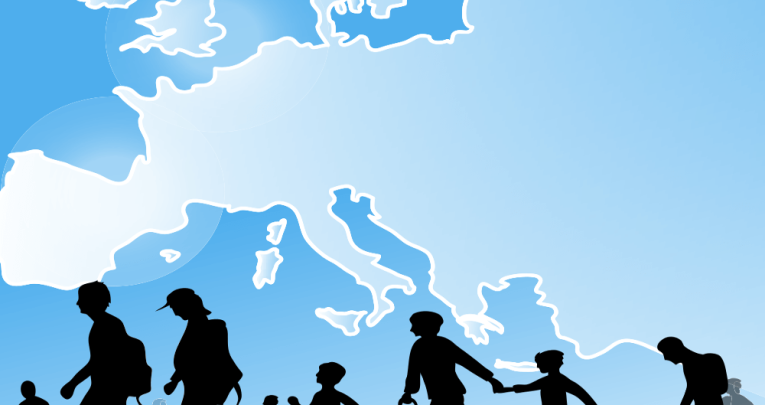
As the UN’s International Migrants Day approaches, Steve Brace considers how geography can, and should, ensure that migration is not on the margins of the classroom…

- by Steve Brace
- Chief executive of the Geographical Association
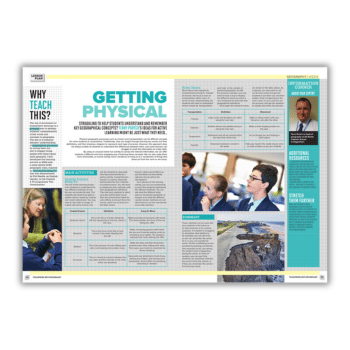
December the 18th will mark the UN’s International Migrants Day and the UN Secretary-General António Guterres has described migration as “a powerful driver of economic growth, dynamism and understanding. It allows millions of people to seek new opportunities, benefiting communities of origin and destination alike.”
The migration of people, their displacement, travel and settlement has emerged as a critical debate in the last few years. How societies respond to migration, and also how teachers teach about this subject, continue to be points of discussion within both the media and the staff room.
Myths and stereotypes
The combination of historical episodes of migration and today’s experience of this phenomena has shaped many communities, national and individual identities, and also political responses – be they positive or negative.
In connecting past histories and current geographies, migration is a process which intersects with ideas of who we were, who we are, and who we might become.
For example, six months ago, Helen Hayes MP led a debate in Westminster Hall to discuss the teaching of migration in the curriculum, noting that studying the topic is an opportunity to tell often untold stories about different places and times.
So, helping teachers keep up to date with their subject knowledge is an important prerequisite if pupils are to understand the reasons for why some people move, and the consequences of migration at the local and global scales.
A glance at the front page of many newspapers also illustrates that there are still many myths and stereotypes to be dispelled – and teachers need reliable resources that advance an accurate understanding of migration and the people who migrate.
Here the geography National Curriculum and its GCSE and A Level specifications have a central role to play. This is in relation to their coverage of, for example:
- the impact of migrants on cities and urbanisation
- how economic inequality or conflict can drive internal and international migration
- how migration brings change to the nature of different communities in many different locations
New data
The Royal Geographical Society with IBG (RGS) and many academic geographers have been supporting teachers by connecting them with new data and research findings in order to help keep their lessons relevant to the changing context of migration.
For example, the RGS has produced an educational podcast with Professor Heaven Crawley, who’s MEDMIG project drew on interviews with 500 migrants who experienced the Mediterranean migration crisis.
In addition, the following maps from Worldmapper illustrate two different sides of this process. Each map has distorted the size of different countries to show their relative size in relation to the respective indicators.
The first map illustrates the countries that British people have migrated to over the last 30 years:

In contrast, the second map illustrates the location of Internally Displaced People; those who have not crossed a border in order to find safety and are still resident within their own country. The reasons for fleeing their homes are often disasters, conflicts or violence:

It is estimated there are around 244 million international migrants globally. However, most of the world’s migration is internal – with an estimated 740 million people who are migrants within their own country of birth.
Despite its scale this latter phenomenon doesn’t always command the same level of attention as media reports of people crossing, or attempting to cross, international borders.
Valuable resources
Most internal migration occurs within global south countries, and exploring this phenomenon formed the basis of the RGS’s Migrants on the Margins research programme. This explored migration in four cities in the global south: Colombo (Sir Lanka), Dhaka (Bangladesh), Harare (Zimbabwe) and Hargeisa (Somaliland).
The RGS’s Schools Team worked with the project’s expert researchers to ensure that geography teachers have the most up-to-date knowledge of global migration patterns, drivers of migration, and the way that places change as a result.
Drawing on their research the RGS has produced a wealth of Migrants on the Margins Learning Resources, including online maps, video clips and animations, classroom materials and presentations, and background information.
These have been complemented by a comic book ‘zine’ featuring the lives of named migrants from the cities which was published in partnership with PositiveNegatives.
The RGS was delighted that these resources were awarded a 4* award in the ‘curriculum impact’ category of the recent Teach Secondary Awards.
The research leader for the international team that undertook the Migrants programme was Professor Michael Collyer from the University of Sussex. He noted that “Migrants know more than anyone else about what support their neighbourhoods need. However, in many cities, policy makers are reluctant to help migrants as they think this will encourage more migrants to come and the final impact on the city will be negative. This research highlights a much more positive image of migrants.”
This is a valuable lesson which recognises the humanity and individuality of migrants. The approach is also reflected in the Migrants on the Margins learning resources – which place the authentic and contemporary experiences of migrants within reach of the geography classroom.
Good practice: what are your students learning about migration?
- Are you using accurate figures and referencing your information?
- Do pupils explore different perspectives within media reporting of migration?
- Are the migrants represented in your resources named or anonymous?
- Do you recognise that many pupils in your class may have migration as part of their own families’ experiences both past and present?
- Are problems associated with migration solely ascribed to the migrants, eg the presence of migrants “creates” racism?
- Do you compare scale and different contexts? For example, how might record numbers crossing the Channel (86 people intercepted on one day) compare to the Rohingya Emergency (over 740,000 people displaced since 2017)
Steve Brace is head of education at the Royal Geographical Society (with IBG) (@RGS_IBGSchools). Follow him on Twitter at @SteveBraceGeog.
To find out more about the 5* award-winning Migrants on the Margins resources from The Royal Geographical Society with IBG, visit theteachco.com/teachawards/winners.





